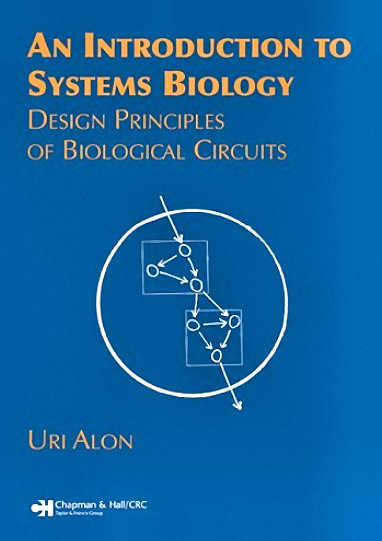|

|

The course syllabus and Note
What's New in this Course ?
經過分子生物學與生物物理數十年的進展,科學界對生物分子與次細胞單元的功能已有初步瞭解。在未來十年的後基因體時代,最重要且急迫性的研究課題將是從系統觀點探討細胞、器官以至生物網路系統的分子層次機制,並利用這些新知識與衍生的新技能促進人類福祉。然而這是跨領域的科技發展,需要非侷限於傳統領域的新專長。光學在生醫領域已有實質影響,未來若能結合基因工程技術於探討生物網路在特定干擾下的即時反應模式,將可進一步深化光學在生醫領域的貢獻。 Course History: (1) January 15, 2013-June 15, 2013 Lecture notes have been posted whenever possible. Not all lectures are available for distribution.
Textbook and reference books
Network analysis and visualization software
|
